The Jagannath Temple in Puri represents a Hindu religious establishment which preserves multiple holy traditions and religious practices from past centuries. The temple is reckoned for several religious rituals known as ‘Nitis’ which occur daily in an organized manner throughout the day. The shrine follows different categories of religious ceremonies including daily rites and periodic rituals and festivities that carry deep spiritual meanings.
- Entry Fee: No entry fee
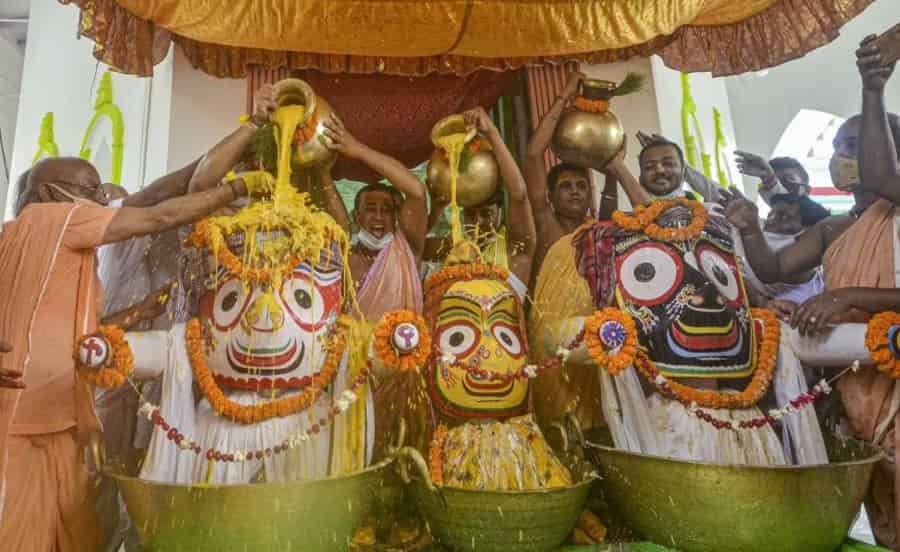
Rituals (Nitis)
The Jagannath Temple conducts daily worship rituals from the beginning of the day till the night to bestow sacred devotions to the deities.
Morning Rituals
- The morning starts when Dwara Pitha Niti commences at 4:30 AM by opening all temple gates including Singha Dwara (Lion Gate) for daily worship rituals.
- Sanctum sanctorum receives cleansing and purification followed by devotional songs between 4:30 and 5:00 AM.
- The temple conduct Mangala Arati at 5:30 AM to light lamps before God which begins the daily worship.
- The religious ceremonies start when temple officials dress the deities for daily worship after their morning bath during the morning Schedule at 6:00 AM.
- Worshipers decorate the deities with new festival attire in addition to beautifying them with ceremonial ornaments.
- The deities receive their main food offering known as Kotha Bhoga or Raja Bhoga during Sakala Dhupa at 10:00 AM.
Midday Rituals
- The temple performs a monumental food offering during Madhyana Dhupa which includes complicated spiritual ceremonies between 11:00 AM until 1:00 PM.
- Sandhya Dhupa takes place at 7:00 PM to carry out evening prayers combined with food ceremonies which mark the formal conclusion of the day.
Night Rituals
- At 11:00 PM Badasinghara Bhoga presents the last food ceremony while establishing the deities for nighttime rest.
- Pahuda marks the nighttime closure of the temple doors after performers place deities to rest at 12:00 AM.
Periodical Rituals
- The temple conducts special periodical rituals which take place during particular designated days.
- The weekly Thursday schedule of ceremonies includes Majana and Ekanta Rites which start with Dhupa in the morning and feature exceptional cleaning processes and offerings to the deities.
Jagannath Puri Temple Darshan Timings
- Monday: 5:30 am – 9:00 pm
- Tuesday: 5:30 am – 9:00 pm
- Wednesday: 5:30 am – 9:00 pm
- Thursday: 5:30 am – 9:00 pm
- Friday: 5:30 am – 9:00 pm
- Saturday: 5:30 am – 9:00 pm
- Sunday: 5:30 am – 9:00 pm
Weekly and Monthly Rituals at Jagannath Temple
Multiple weekly and monthly rituals at Jagannath Temple create additional spiritual energy in the shrine through their performance. Traditional ceremonies during these specific religious services provide believers with unique spiritual opportunities for private worship.
Weekly Rituals
The pilgrimage hosts two major rituals on every Thursday, which includes Majana followed by Ekanta. The deities receive Majana religious cleansing after the morning food offering service known as Dhupa. Lord Jagannath receives his special dinner meal and the end of the service involves a holy seclusion ritual reflecting his divine need for rest. During this time both followers and visitors find extra spiritual value in the rituals at the temple which results in greater attendance.
Monthly Rituals
Hindu religious festivals occur monthly based on the lunar cycle which includes Purnima when the moon is fully illuminated as well as Amavasya during the dark phase. Religious rituals during these days expand beyond regular practices through Multihour Vedic mantras chanting and unique feast offerings and deity ornamentation ceremonies. A special monthly ritual known as Snana Purnima takes place in Jyestha month when deities receive complete bathing with 108 water pitchers as a purification rite.
The temple worships function on both weekly and monthly cycles which strengthen the spiritual experience between devotees and religious leaders as they engage with Lord Jagannath.
Major Festivals
Millions of devotees attend annual grand festivities at the Jagannath Temple.
- Ratha Yatra occurs during June-July where devotees carry the deities of Puri on enormous chariots during the ceremonial parade.
- During the Jyestha month’s full moon event the deities undergo ceremonial bathing rituals to achieve spiritual purification.
- Following Snana Yatra anavasara occurs when the deities spend 14 days in seclusion according to tradition for their post-bath recovery period.
- The Ratha Yatra ends when deities return to the temple where Lord Jagannath gives Rasgulla to Goddess Lakshmi.
- The major ritual Nabakalebara takes place on every 8 to 19 years schedule by making new statues that symbolize the beginning of fresh cycles.
Devotional & Practical Guidelines for Visiting Jagannath Temple
Only Hindus Are Allowed Inside the Main Temple Premises
The sanctum area of Jagannath Temple can be accessed exclusively by Hindu believers. Non-Hindu visitors can observe the temple architecture by visiting either the Raghunandan Library or by looking down on the temple from the Chakra Tirtha Road.
Follow the Dress Code
All visitors must follow the traditional dress code of Indian clothing when entering. Male visitors should put on dhoti along with kurta-pajama and female worshipers should choose sarees or salwar kameez as their attire. The temple does not permit sleeveless attire along with shorts and western casual clothing.
Photography and Videography Are Strictly Prohibited
Common practices of photography together with video recording and mobile phone usage remain forbidden throughout the entire temple area. Every person must either disable their electronic devices or keep them at specified security points.
All leather-based products are forbidden for entry within temple premises.
The temple does not allow leather items such as belts along with wallets and purses and shoes within its premises. Guests need to place their leather items inside the designated drop-off stations located outside the temple premises.
Maintain Silence and Discipline
Inside the temple grounds devotees should demonstrate respectful behavior by refraining from both speaking loudly and shouting while also avoiding running. Guests visit this sacred spiritual location to meditate and say their prayers.
Queue and Crowd Management Must Be Respected
Temples enforce queue systems during festivals and special ceremonies so devotees need to follow rules provided by temple staff members as well as security personnel. Temple authorities prohibit both queue breaking and disorderly behavior.
People should make their offerings only through officially designated routes
Official temple representatives maintain the only authorized channels for devotees to bring Bhog (food offerings), donations or flowers to the temple. The temple premises forbid anyone from collecting donations who has not received authorization.
Optional Additional Guidelines
- Physical interaction with devotional relics and holy manifestations remains completely forbidden.
- Due to heavy crowds the temple requires visitors to maintain constant supervision of elderly devotees along with small children.
- Visitors need to follow temple rituals by respecting scheduled prayer times and may need to relocate from designated areas when religious ceremonies such as Pahuda or Abakash take place.
Frequently Asked Questions (FAQs)
Q-1: Does the temple perform its rituals with uniform schedules throughout each day?
Ans: The rituals follow a stable framework yet their precise times might change based on lunar cycles as well as religious festivals like Ratha Yatra and Snana Purnima.
Q-2: Can the public access all rituals performed inside the temple premises?
Ans: Public participation is restricted from attending specific religious practices performed within certain ceremonies. Only temple servants have access to view rituals when Abakash (morning purification) personnel and Pahuda take place in private areas.
Q-3: At what time do devotees make their primary food presents (Bhogas) to the divine entities?
Ans: Devotees have access to the major deity food presentations at 10:00 AM with Madhyanna Dhupa 11:30 AM to 1:00 PM and Badasinghara Bhoga at 11:00 PM during the nightly closing ceremony.
Q-4: When does the Jagannath Temple open its doors and when does it close them?
Ans: Every day the temple operates from 4:30 AM until Pahuda (deity resting ritual) ends at midnight. Changes to these times exist on major religious festivals as well as occasional holidays.
Conclusion
The religious practices at the Jagannath Temple showcase the deep cultural traditions along with spiritual legacy of Odisha. The temple authorities perform all daily and annual ceremonies with deep devotion as part of their long-standing traditions that date back hundreds of years. A visit to these rituals exposed to alive Hindu devotional practices which provide distinctive revelations to devotees and tourists.
Plan Your Spiritual Sojourn Today! Follow the divine sequence of temple rituals at Jagannath Temple and seek the blessings of Lord Jagannath.

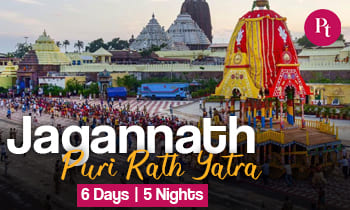
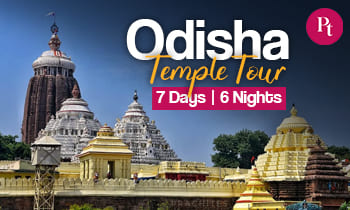
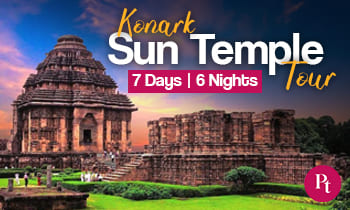
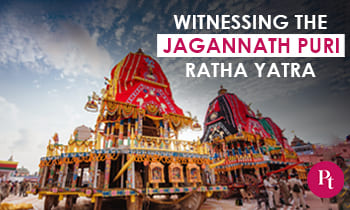
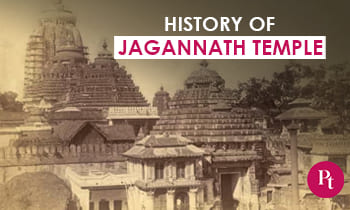
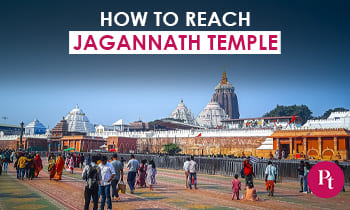
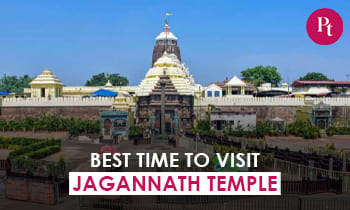
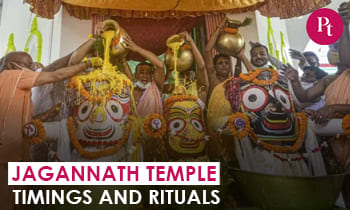
 Call
Call WhatsApp
WhatsApp Enquiry
Enquiry
Which day jagannath temple will be closed for 14 day in 2024
Special Darshan package